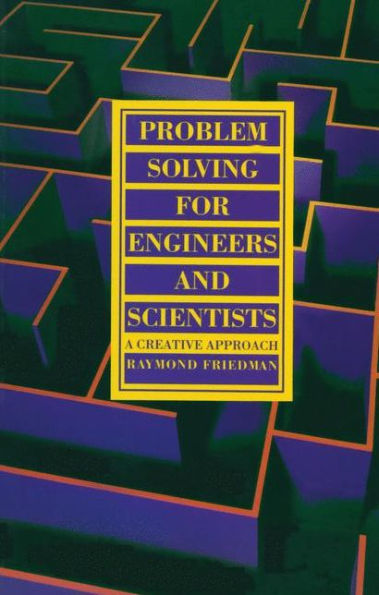Let's assume that you, the reader, have been educated in the basics of science and perhaps some branch of engineering. You have access to textbooks and handbooks, and you are comfortable with a computer. One day, you find yourself faced with a technical problem. If this problem happens to be essentially identical to a previous problem, which you were trained to solve, clearly you will have no difficulty. Unfortunately, however, the variety of technical problems that you might encounter is enormous. The chance is small that a given problem will be an exact replica of a familiar problem. In such a case, it is possible that you will reach out for the first relevant quantitative relationship that occurs to you. You then might substitute numbers into a formula and obtain an answer, perhaps with the aid of a computer or hand calculator. As the many examples in this book will demonstrate, your answer is quite likely to be wrong because you have overlooked some important aspect of the problem. You can easily convince yourself of this fact by tackling some of the problems in this book.



